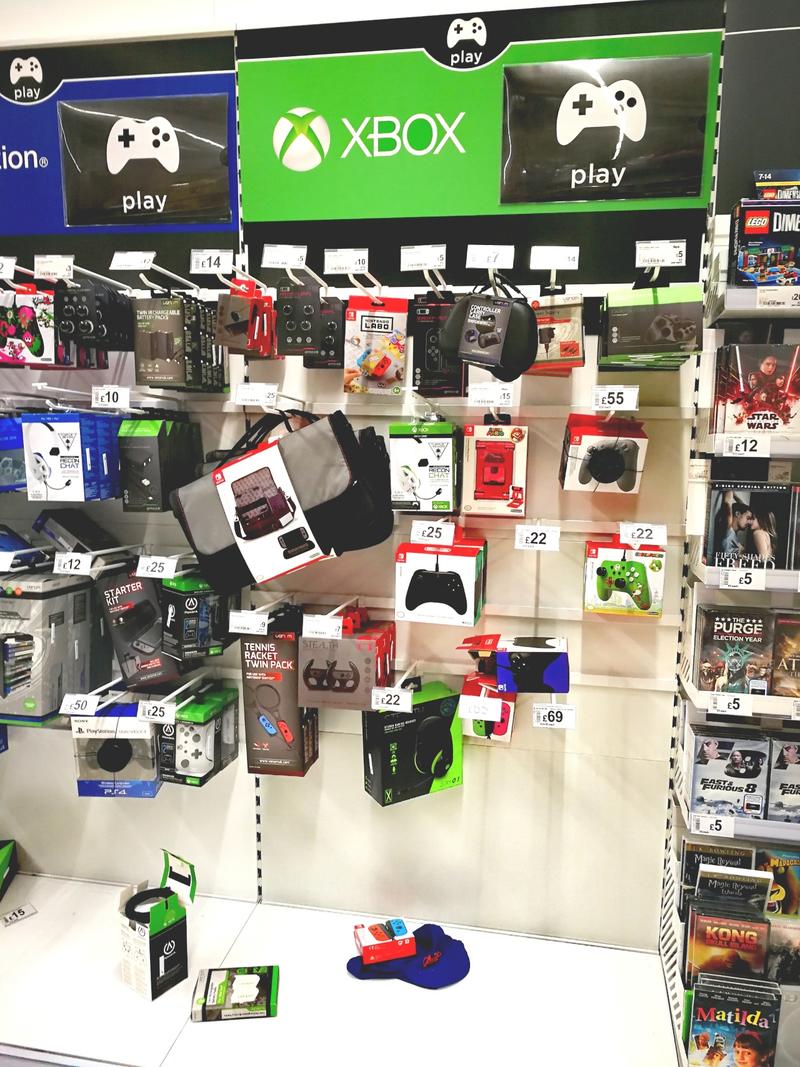In-store audits are an essential part of the retail industry, as they help ensure product manufacturers that their products are displayed correctly in-store. However, it is also a process that can be prone to mistakes if not done properly. As such, knowing the common errors that may arise during an in-store audit can help you avoid them and ensure the success of your audit. In this blog post, we will discuss some common mistakes to avoid in-store audits.
Not Knowing the Retailer’s Standards
One of the most significant errors a product manufacturer can make during an in-store audit is not knowing the retailer’s standards for product placement and display. Every retailer has its specific guidelines and expectations when it comes to the presentation of products in-store. It is crucial to be familiar with these standards beforehand as it will help you accurately assess the store’s compliance and provide feedback that is in line with your expectations.
Not Having a Clear Checklist
Without a clear checklist, an in-store audit can quickly become disorganized and inefficient. A comprehensive list should include all necessary aspects to assess during the audit, such as product placement, pricing, signage, and inventory levels. It should also be clear and easy to follow to avoid any confusion or missed items during the in-store audit.
Focusing Only on One Aspect
Another mistake that product manufacturers may make is focusing solely on one aspect of the store during an audit. While it may seem more efficient to focus on a specific area, it can lead to overlooking other crucial elements of the audit. To ensure a thorough assessment, it is essential to evaluate all aspects of the store and not just one or two.
Not Documenting Findings
Documenting your findings during an in-store audit is crucial for future reference and for communicating with the retail buyer. Not doing so can result in forgetting important details or findings, which could lead to confusion and mistakes. Taking notes and pictures during the audit is an effective way to document your findings accurately.
Not Providing Actionable Feedback
One of the main purposes of an in-store audit is to identify areas that need improvement and provide actionable feedback to the retailer. When product manufacturers fail to do so, it can result in a lack of progress and potentially damage the relationship with the retailer. It is essential to provide clear and specific feedback that outlines not only the issue but also potential solutions.
Not Following Up
Completing an in-store audit is not the end of the process. Following up with the retailer after the audit is crucial to ensure that any issues found during the audit have been addressed and resolved. This also allows for open communication and the opportunity to receive feedback or make any necessary adjustments.
Conclusion
In-store audits are an essential tool for retailers and product manufacturers to ensure that products are being displayed and marketed correctly. By avoiding these common mistakes, product manufacturers can conduct effective and efficient in-store audits that benefit both themselves and the retailer. Remember to assess all aspects of the retail environment, provide actionable feedback, and follow up to ensure that improvements are made. By doing so, product manufacturers can maintain strong relationships with retailers and improve the overall shopping experience for consumers. Overall, in-store audits are a valuable tool for all parties involved and should be conducted regularly to ensure continuous improvement and success in the retail industry.
Interested in conducting effective and efficient in-store audits? Look no further! Contact Retailbound for expert assistance and guidance to improve your retail operations. Don’t make these common mistakes, let us help you achieve success in the retail industry. Visit our website today for more information.


